Article and photos by Rob Danforth
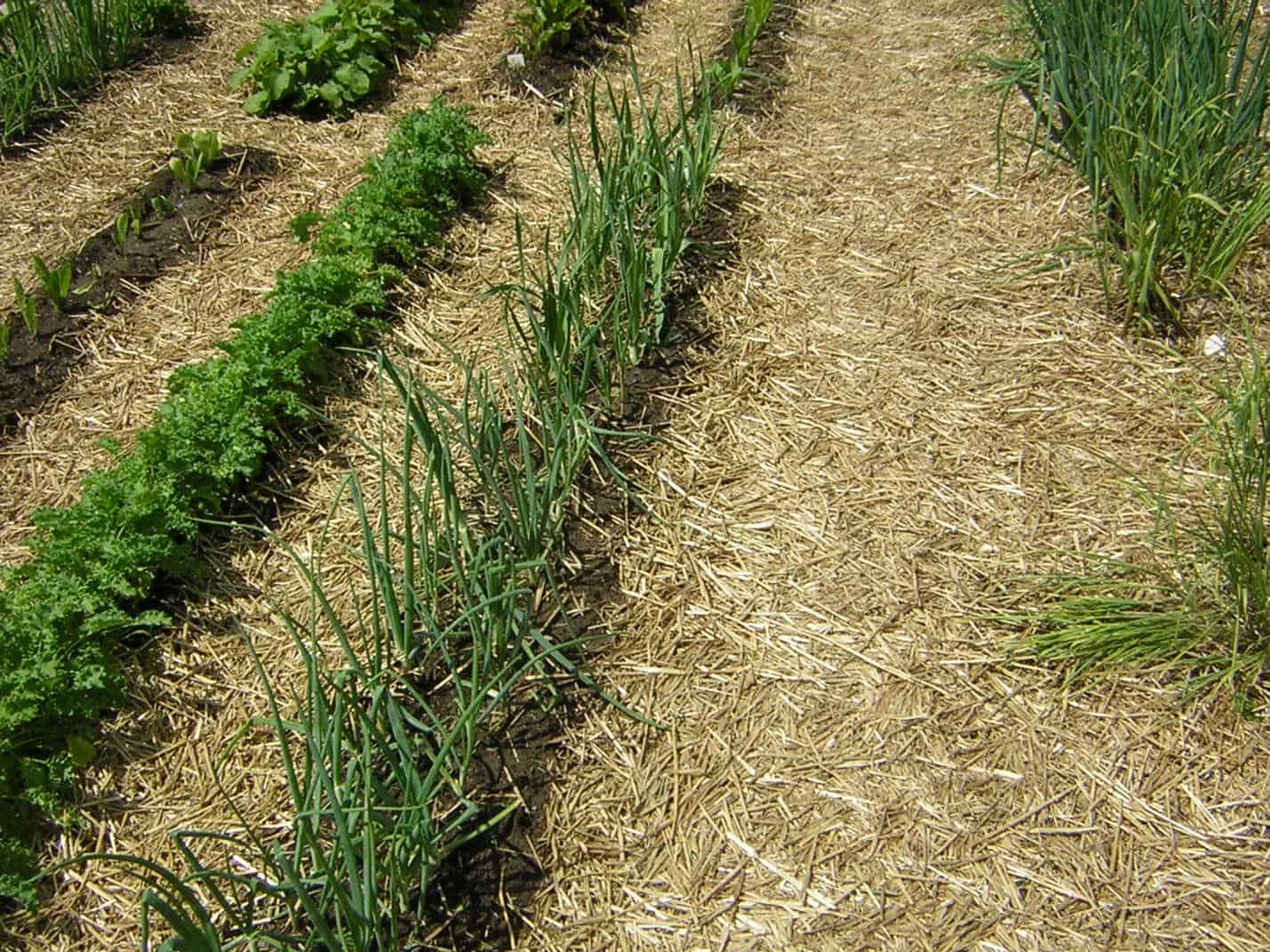
Mulch to cover exposed soil: keeping soil naked is a lot of unnecessary, labour-intensive work for a gardener, not to mention the waste of growing space! Nature will constantly dress exposed soil in green to keep it in place, prevent compaction, and conserve moisture for the life in the soil. However, Nature’s choices usually do not complement your vegetables, herbs, or flowers – in fact, these “adept street fighters” compete with them for sun, food, water, and room at the table.
Weed facts:
- They provide food for beneficial insects (e.g., goldenrod attracts soldier beetles which eat cucumber beetles, aphids)
- They prevent soil erosion (e.g., plantain with its multi-fingered root system)
- Some are edible (e.g., purslane, pig weed)
- Some indicate soil conditions (e.g., mustard, birdsfoot trefoil)
- Dead weeds give back plant-ready food (e.g., add stinging nettles, &/or comfrey to the compost or use as mulch around plants)
- Weeds come in waves, sometimes two or more waves a season (e.g., dandelion)
- Some invasive weeds are particularly suited to organic vegetable gardens and are hard to get rid of once established (e.g., hairy galinsoga, horsetail).
Weed Control: Mulch + optional underlay of cardboard (single sheet) or newsprint (3-5 sheets) significantly increases effectiveness of the mulch. Mulch as ground cover retains moisture and reduces erosion, weeding, bug patrols and watering.
Compost seedless weeds to reclaim the plant food that they steal from your garden (cut or pull weeds before they set seed, or remove and discard seed heads – especially dandelion – and compost the remains).
Note: You may have heard the saying, “mulch with compost.” However, compost is not a “mulch.” Compost improves soil composition and structure, fertilizes soil, and retains water but it will increase weeding, cat toileting, and squirrel gardening. Best to add compost and then spread an organic mulch over the compost to conserve moisture and to blanket out weeds. The saying actually refers to an activity – spreading 4 cm of compost over your soil – and not the application of a weed suppressing blanket.
Mulches as ground cover:
- Organic material keeps soil cool & moist; may add nutrients &/or use some Nitrogen (e.g., leaf mould, nut shells, grass, straw, bark, buckwheat, wood chips).
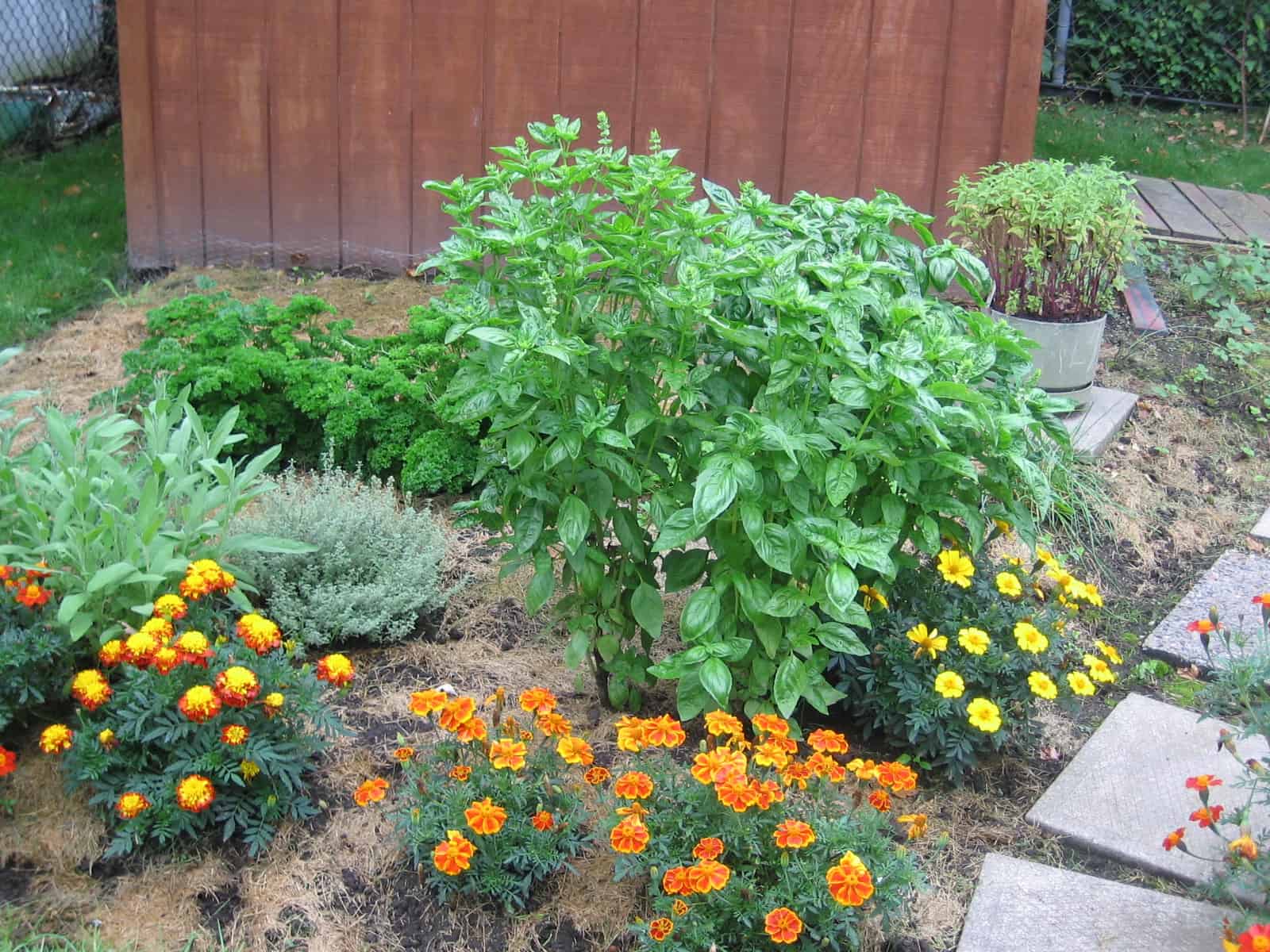
- Heat sink material such as brick chips, glass beads, or stones, increases soil warmth as well as retains moisture. An underlay will keep the small bits from disappearing under the garden soil.
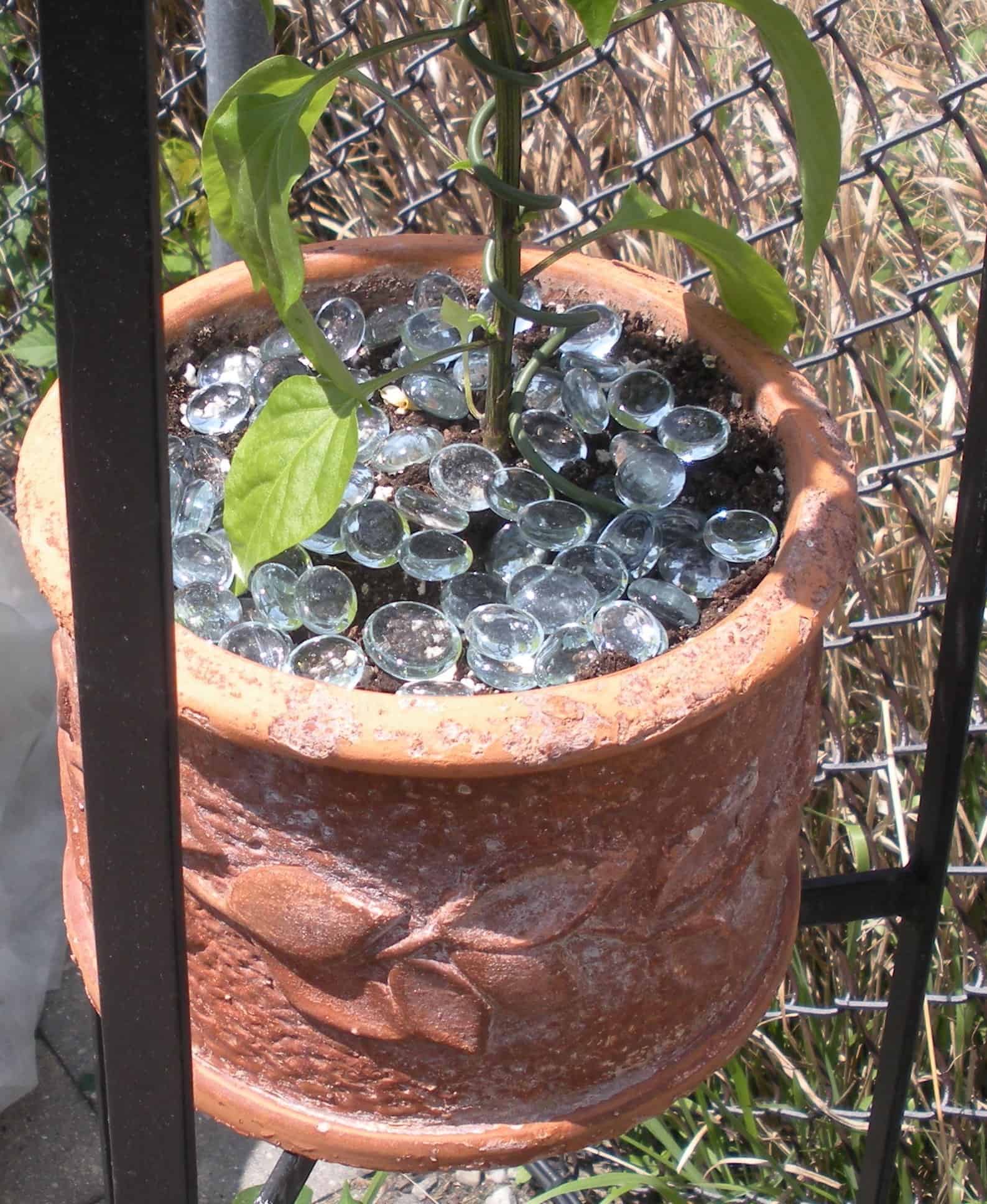
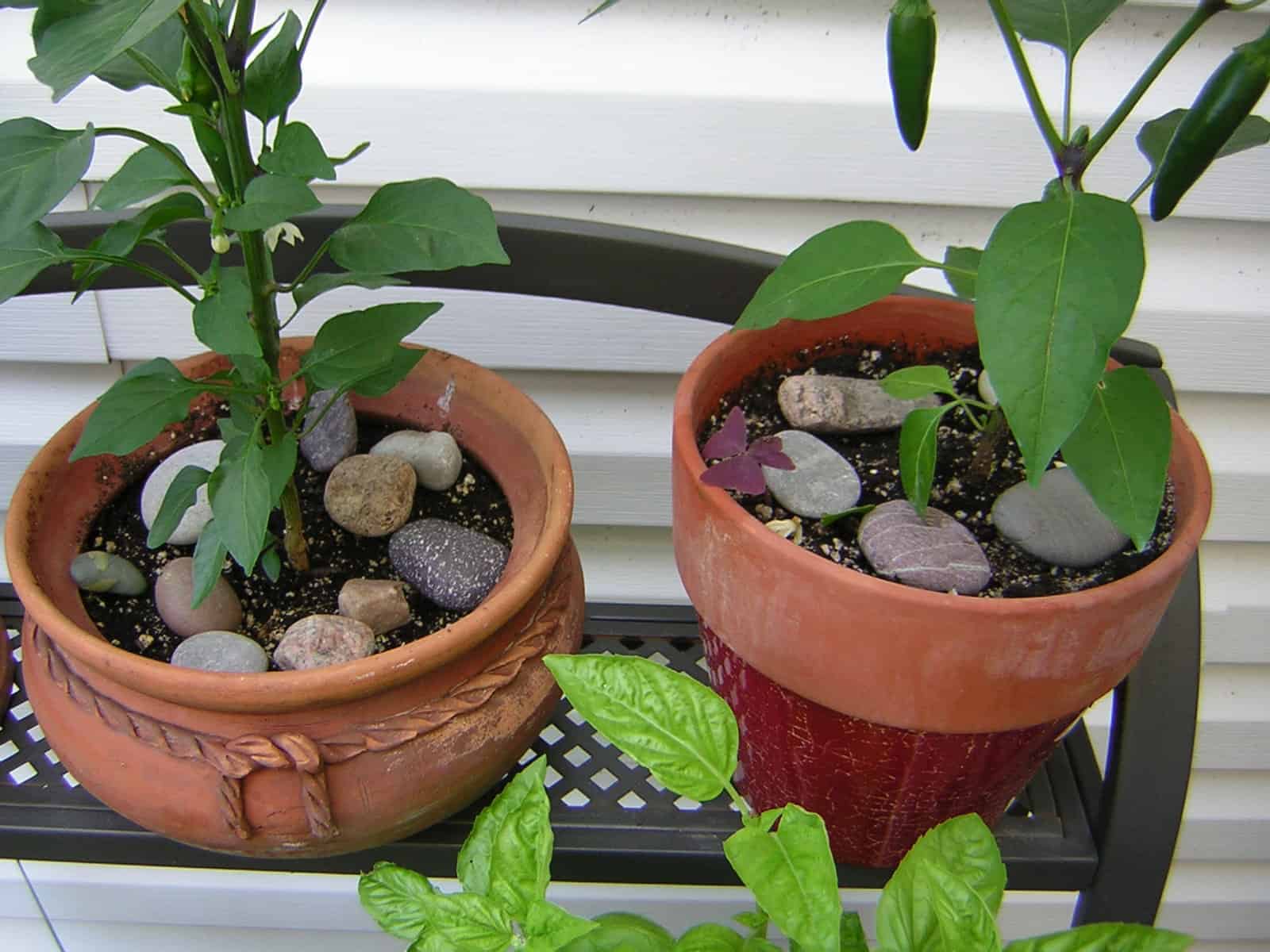
- Caution: plastic is not recommended as a mulch as it does not allow air or water penetration, interferes with watering, and may encourage fungus growth. However, plastic sheets in narrow strips (clear/black/red) can be used as a temporary early soil warmer (e.g., black or clear for “solarization” of soil for sweet potato or okra and red for a tomato boost – although red didn’t work for me!). Clear plastic is a good solarizing material, but it also allows weed seeds to see the sun! Your labour will increase as you lift the plastic to weed! If you can be patient and avoid the use of all plastic, much the better.
- Note: some mulches will grow (e.g., grass, straw, buckwheat), and some have to be reclaimed each season (e.g., straw, stone, brick chips, glass beads).
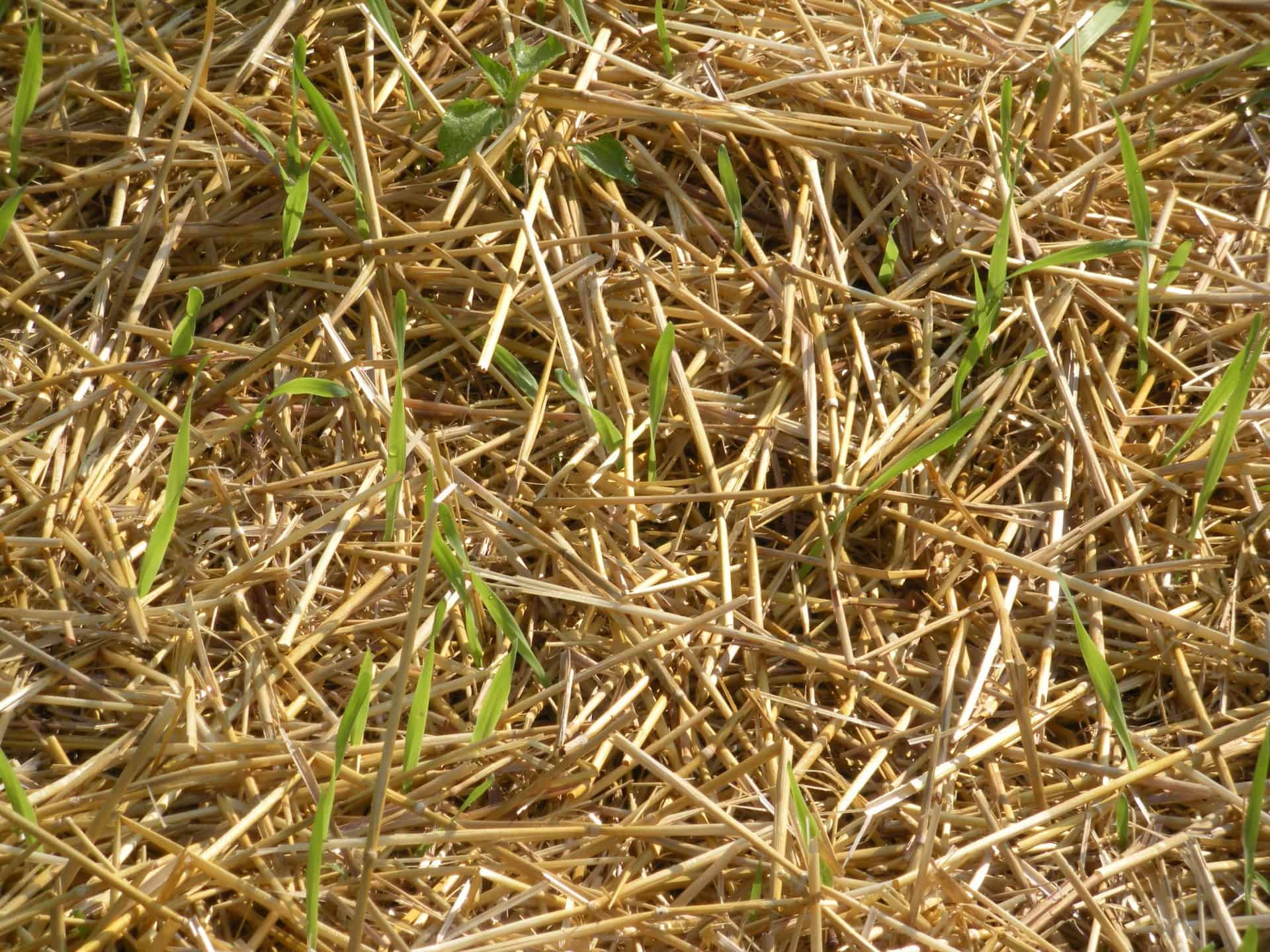
- Suitable underlays are cardboard, newspaper, and breathable fabric (no plastic or old floor coverings!)
- Tip: unless there is an underlay, a few weeds will get through any mulch, and any small bits (e.g., stones, brick chips, glass beads) will slowly disappear into the ground soil, making your work harder rather than easier – you will have to dig them out, wash, and restore them if you wish to maintain the mulch or a permanent path.
- Landscape fabric, although not ideal, lets water and air pass through for a while until it plugs, and it can become brittle due to UV radiation, making end of season removal harder rather than easier – I helped remove it from a neighbour’s garden! Plastic sheeting & pool liners form mosquito water pools and canals, cause water to run off (like an umbrella), and prevent soil breathing.
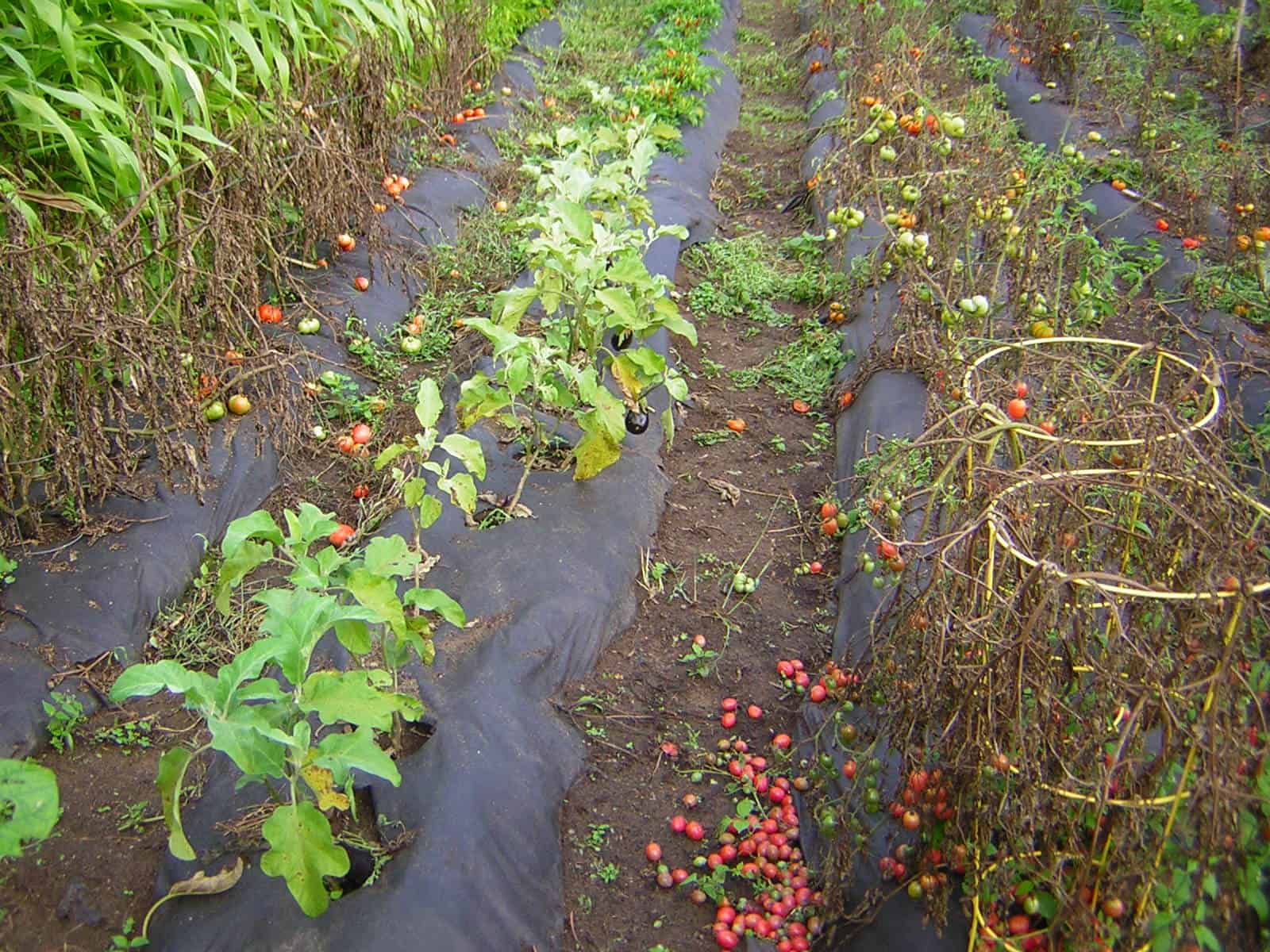
- Old floor coverings disintegrate as they weather and add to the soil bits of glue, mixed synthetic fibers, rubber, and possibly fire-retardant chemicals. (I have seen an entire plot carpeted between rows as well as some compost covers of carpet – a practice not recommended!)

Recommendation: As I mentioned in part 2, for the past 8 years we have used shredded leaves (handy, inexpensive, recycled neighbourhood yard waste) for mulch throughout the gardens, and for permanent paths. We do not use an underlay, aside from a fence line where we use a narrow strip of leaves with a newsprint underlay to stop grass from encroaching through the chain link fence. Weed pressure is reduced by 95%. If your river stone, brick chips or glass beads form a permanent path, landscape fabric may be the best of the inorganic underlay choices. Otherwise, the bits will disappear into the ground soil and reclamation or refreshing will cost you in labour, in money, or both.
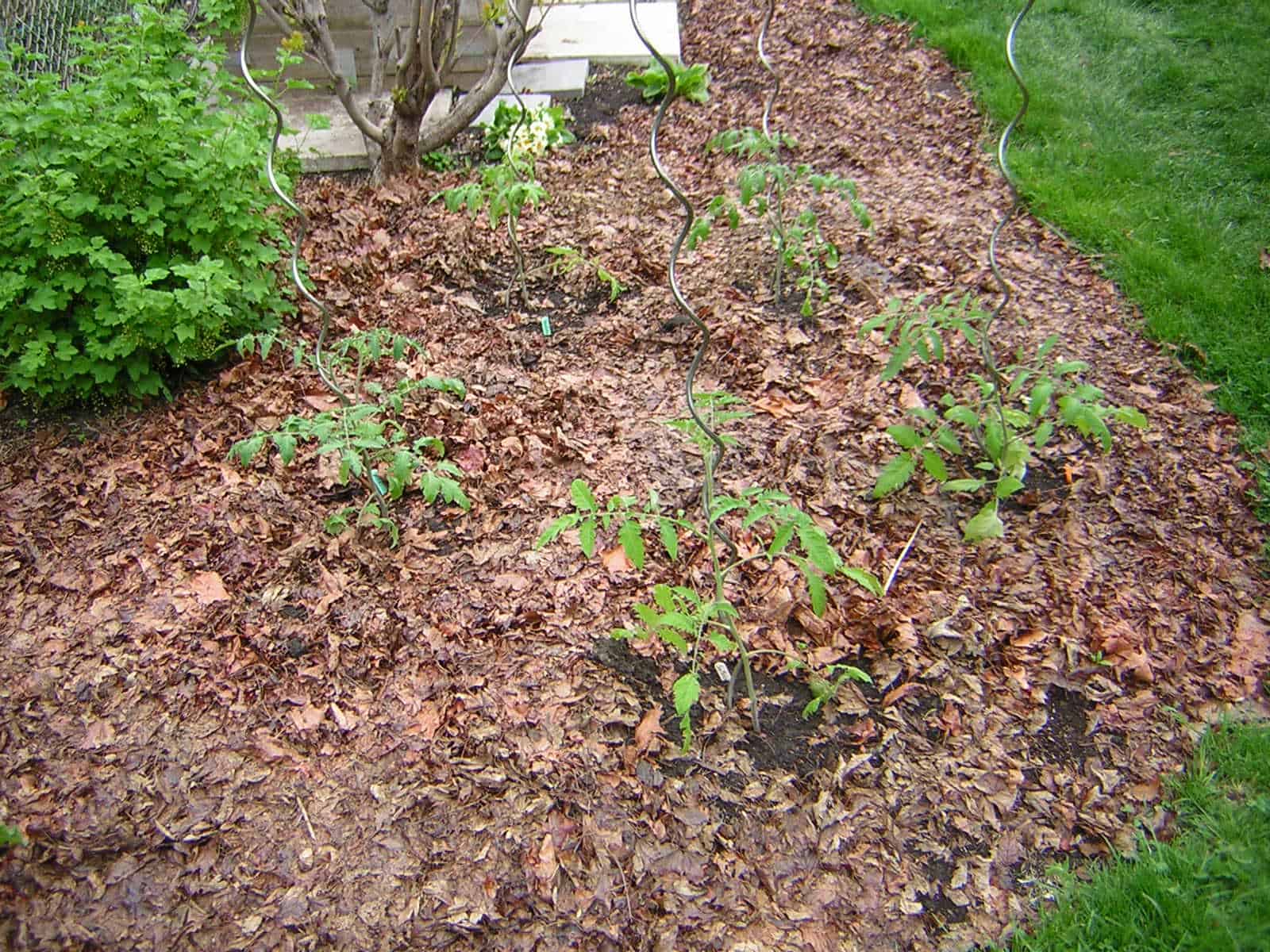
Keep calm and carry-on gardening! Take time to enjoy the activity: mindless weeding can be calming, soul satisfying, and rewarding after a hard day at work since the task is easy, the results of your efforts are immediately seen, and your plants will be happier – also, plants have no expectations of your performance! Happy Gardening!